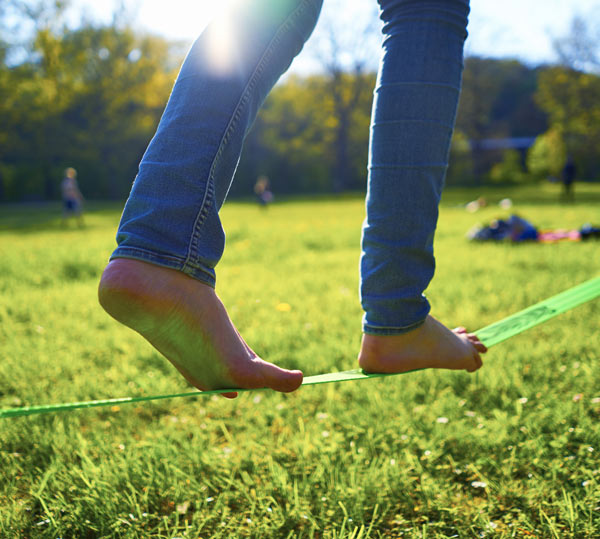
iStock-564596304
“Walking barefoot is widely thought to be more natural, and the use of footwear has long been discussed as an influencing factor on foot health and movement pattern development,” said Astrid Zech, PhD, from the Institute of Sport Science, Friedrich Schille University of Jena, Germany. Toward this end, she and two research teams assessed the relevance of growing up shod versus barefoot on jumping, balancing, and sprinting motor performance during different stages of childhood and adolescence. The study, published in a recent issue of Frontiers in Pediatrics, shows that habitually barefoot children are noticeably better at jumping and balancing compared to habitually shod children, particularly from 6-10 years of age. While these beneficial barefoot effects diminished in older adolescents, the research nevertheless highlights the importance of barefoot exercise for motor development as children grow and mature.
The cohort comprised 810 children and adolescents from 22 primary and secondary schools across rural Western Cape South Africa and urban areas of northern Germany. The two groups were selected to represent different footwear lifestyles: children from South Africa are habitually barefoot, while children from Germany wear shoes most of the time.
The habitually barefoot participants scored significantly higher in the balance and jumping tests compared to the habitually shod participants. This difference was observed in both test conditions (barefoot and shod) and across all age groups (6-10, 11-14, and 15-18 years), but was particularly evident in 6-10 year old children. The habitually barefoot children also performed better when barefoot than when shod. However, the results for the sprint test showed the habitually shod children performed better, particularly those in the 11-14 year age group, and both groups performed better while shod. The researchers explained that environment, the one factor that could not be standardized across the two study locations, may have influenced this result.
“In South Africa, the sprint test took place outdoors, with different weather conditions and surfaces. In contrast, the German children took the sprint test indoors, mostly in a sports hall with a sprung floor,” said Zech. “The type of shoe may also have influenced the results. South African students run in school shoes, while German students use sneakers or athletic shoes in their physical education classes. So while our results suggest that growing up shod may be beneficial for fast sprinting, we need to investigate this further.”
Overall, the researchers’ work emphasizes the benefits of barefoot physical activities for motor development.
Astrid Zech, Ranel Venter, Johanna E. de Villiers, Susanne Sehner, Karl Wegscheider, Karsten Hollander. Motor Skills of Children and Adolescents Are Influenced by Growing up Barefoot or Shod. Frontiers in Pediatrics, 2018; 6 DOI: 10.3389/fped.2018.00115.








